Please put an active hyperlink to our site (www.rusnature.info) when you copy the materials from this page
Russian Zapovedniks and National Parks
<<< National Park "Zyuratkul" |
Index and Map | Zapovednik
"Altaisky" >>>
Western Siberia
The list of the Western Siberia Zapovedniks (Nature
Reserves) and National Parks:
This is a vast region, comprising the mountains systems of Altai,
Kuznetskii Alatau and Salair; steppe and forest-steppe massifs, a wide zone of the
western-Siberian taiga, and the forest-tundra and tundra in Yamal and Gydan peninsulas,
and also smaller Arctic islands (Belyi, etc.).
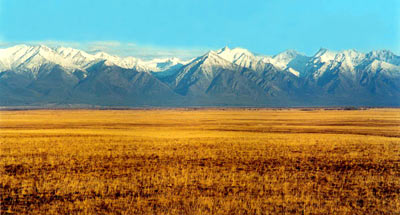
Western Siberia includes the Republic of Gorny Altai, the Yamalo-Nenetskii and
Khanty-Mansiiskii Okrug, the Altai Territory (Ktai), the Kemerovo, Novosibirsk, Omsk,
Tomsk, and Tyumen regions.
The main natural axis of the Region is the Ob River, with its main tributary of Irtysh.
The river-heads of the Ob are the rivers of Biya and Katun, which rise in the Altai
Mountains, whose main mountain (Mount Belukha) has an altitude of 4506 m. The sources of
Irtysh and its big tributary Tobol are beyond Russia. The most important tributary of the
upper reaches of the Ob River is the Tom River, which rises in the Kuznetskii Alatau
Mountains, and the rest (Ket, Tym; Vasyugan, Yugan and others) take their origin in the
watershed swamps of the Western-Siberian Lowlands, which accounts for vast spaces between
the Irtysh, Ob and Yenisei rivers. In the north of the Region, another two big northern
rivers, i.e. Pur and Taz, flow into the Ob Mouth.
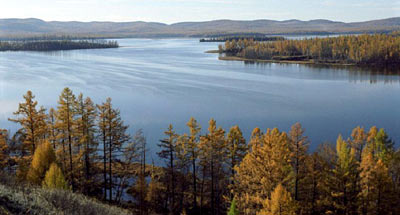
For a long time only the southern Western Siberia was settled, where headed migrants
from the European Russia and where agriculture developed intensively. During the Soviet
period industrial centers of Kuzbass came into being (Novokuznetsk and Kemerovo); the
provincial Novonikolaevsk became the capital of Siberia Ч Novosibirsk, renowned for its
Akademgorodok (academic village); the old University city of Tomsk turned into a city of
nuclear industry. Omsk plants manufacture thousands of most sophisticated mechanisms,
including aircrafts.
Great changes took place in the northern districts, where in the 1960s, world-important
oil and gas fields were discovered to provide energy not only to our country but to many
countries of Europe. Through the forest and swamps, railroads were constructed, and at the
site of backward villages new cities appeared as Surgut, Nizhnevartovsk, Nadym, Urengoi
and many others.
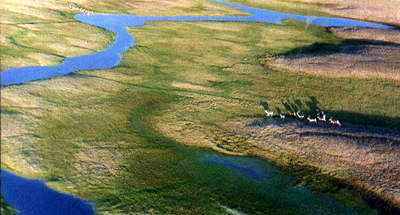
All that could not help affecting the nature of the Region, which cannot sustain such
an impact even despite its gigantic size. The majority of the rivers of Western Siberia
have been polluted by petroleum products-accidents of various kinds in pipelines are
fairly frequent. The gas content of the air in industrial centers is great; the huge
forestland areas have been cut over or disturbed by fires. The areas of taiga and tundra,
where indigenous people were engaged in traditional subsistence (Khanty, Mansi, Nenets and
others, engaged in hunting, fishing and reindeer herding). Only during the last years they
did become entitled to laying claims to the lands belonging to them and to the traditional
subsistence practices that they are used to.
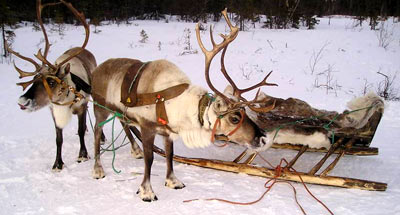
All that determined the development of a fairly active environmental protection
movement during the last decades. Until 1976, in the entire Western Siberia, there has
existed a single Altai Reserve, whereas there are seven reserves in existence to date. As
early as in 1917 it was planned to reserve a plot of the Barabinskaya forest-steppe in the
region of lake Chany, but it has not been done so far. In addition to the Shorsky National Park in the Kemerovo Region, there are local nature
parks of the municipal level (e.g., Kondinskie Ozera Nature Park in the Soviet district of
the Khanty-Mansiiskii Okrug, and also several big republican sanctuaries (zakazniks):
Verkhne-Kondinskii, Elizarovskii, Kirzinskii, Stepnoi and a number of others).

Of great value in the region are such natural features as band coniferous forests in
the Kulunda Steppe (Novosibirsk Region and Altai Territory), some peculiar large lakes in
the southern Tyumen Region renowned not only for waterfowl but also rare avian species
listed in the Red Data Book, tundra landscapes of Yamal and other regions of the Far
North.
The ecological movement and scientific community promoted the arrest of the
construction of the Katun Hydroelectric Power Station, which endangered the unique nature
of mountain Altai; and this example is not single.
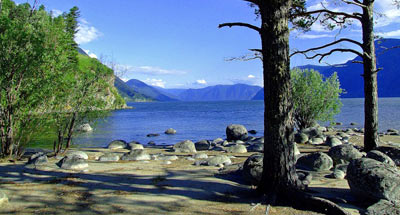
The entire Western Siberia has become a sort of testing ground to check the results of
heavy human impact on the Environment and their efforts for envirоnmental protection.
The list of the Western Siberia Zapovedniks (Nature
Reserves) and National Parks:
<<< National Park "Zyuratkul" |
Index and Map | Zapovednik
"Altaisky" >>>
|